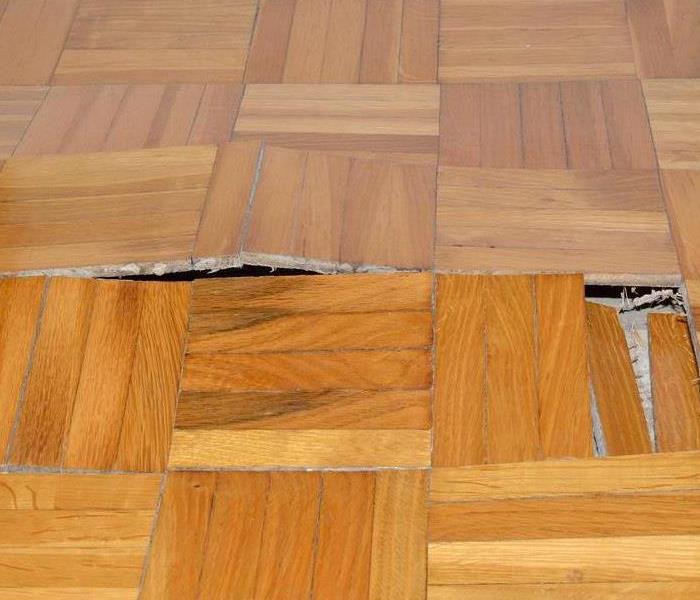3 Keys to Effective Disaster Response & Recovery
11/8/2021 (Permalink)
 If flood water is left standing for too long, it can cause serious damage. Call SERVPRO of North Hollywood for fast flood damage cleanup & repairs.
If flood water is left standing for too long, it can cause serious damage. Call SERVPRO of North Hollywood for fast flood damage cleanup & repairs.
There are many ways a water disaster can damage your property. The most common are a burst pipe or sewage overflow. An aggressive sprinkler system, leaky water heater or air conditioner could also be culprits. But rainstorms, as infrequent as they are in Los Angeles, can be devastating disasters for an unprepared property owner. To increase the likelihood of restoring your property to its preloss condition, read on for three keys to an effective disaster response and recovery. While the focus of this post is flooding, our advice applies to any disaster, including fire, mold or biohazard cleanup.
1. Be Prepared
Rainstorms in Los Angeles are hardly inevitable. But if one does arrive, you don't want to get caught off-guard. Like Disney advised, "be prepared." How?
First, ensure your flood mitigation measures are in proper working order. Clean out rain gutters and test your sump pump. Diverting the water from your foundation can help prevent your basement or crawl space from flooding.
Inspect your roof and look for broken or missing shingles. Through your roof is a common way water can find its way into your home or business. Look for water spots or discoloration on your ceiling and fix those weak spots before the storms arrive.
This is a good time to check the seals around doors and windows. Worn seals won't allow in a large amount of water, but any moisture can wear wood framing and drywall and spark mold growth.
Last, but not least, review your evacuation plan. Don't have one? Now is as good a time as any to make a plan. It should include resources for emergency alerts, an evacuation route, shelter and contact information for your family or colleagues.
2. Take Mitigation Steps
No matter how well you prepare, effective disaster recovery requires fast action when a disaster occurs. How you respond to an emergency disaster in those first critical minutes and hours can make all the difference.
First, cut the electricity to any area affected by a serious leak or standing water. You can do this from a local circuit breaker or the main electrical switch. Water and electricity don't mix, and you don't want to compound a water disaster with a fire disaster too.
If you can reduce or stop the flow of rain water, do it. Use towels or other absorbent materials to sop up as much water as possible. If the water is confined to a room, move furniture and critical possessions to a drier area.
Does the damaged area, like a broken window or door, make your property accessible to intruders? Consider boarding it up. If you're unsure how, we can help you. Boarding up your property following a disaster can help prevent access and further damage from opportunistic humans and animals.
3. Call SERVPRO of North Hollywood for Disaster Response & Recovery
We're here to help when you need us, 24/7. We provide emergency disaster response support, and can be on-site to most areas of Los Angeles in as little as one hour. An immediate response is critical to an effective cleanup and restoration process. And you can count on SERVPRO of North Hollywood for insurance claims assistance and superior customer service every step of the way. Part of your community and a local restoration leader, with national resources, we'll make any size storm disaster "Like it never even happened."






 24/7 Emergency Service
24/7 Emergency Service